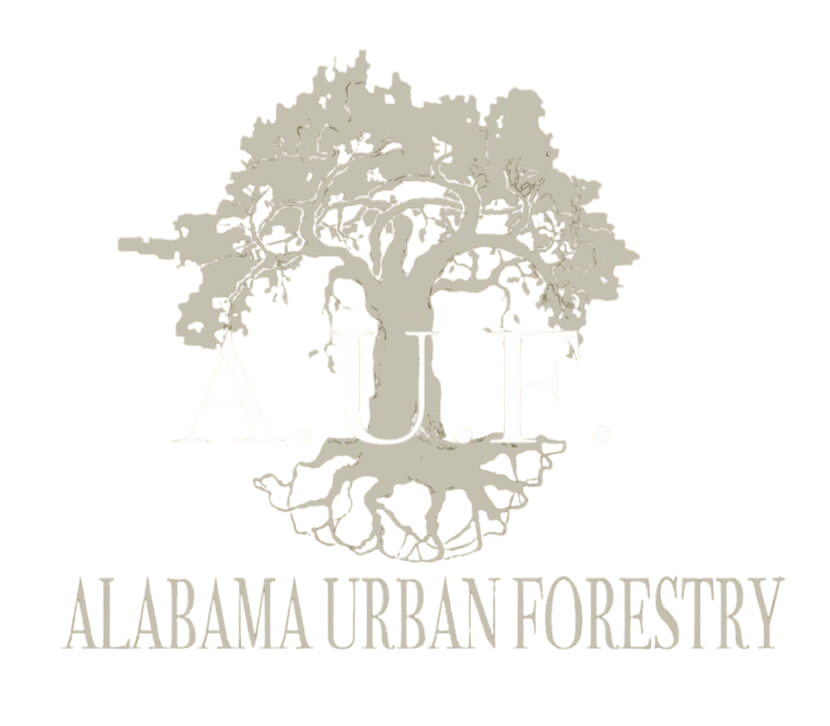Title: Signs of Tree Decay to Watch For in Fultondale, Alabama
As residents of Fultondale, Alabama, we are fortunate to be surrounded by the natural beauty of trees that provide shade, oxygen, and a sense of tranquility to our community. However, just like any living organism, trees are susceptible to decay and disease. Recognizing the signs of tree decay is essential in order to prevent potential hazards and ensure the health and longevity of our beloved trees.
Here are some key signs of tree decay to watch for in Fultondale, Alabama:
1. Fungal Growth: One of the most common signs of tree decay is the presence of fungal growth on the trunk or branches of the tree. Fungi such as mushrooms, conks, or brackets indicate that the tree may be experiencing internal decay, which can weaken its structure and make it more prone to falling.
2. Cracks or Cavities: Visible cracks or cavities in the trunk of a tree can be a sign of internal decay. These openings provide an entry point for pests and pathogens, further compromising the tree’s health and stability.
3. Dead or Falling Branches: If you notice an increasing number of dead or falling branches in a tree, it may be a sign of decay. Dead branches can be a safety hazard, as they are more likely to break and fall, especially during storms or high winds.
4. Reduced Foliage: A tree that is experiencing decay may exhibit a significant reduction in foliage density or color. This could be a result of the tree’s inability to transport nutrients effectively due to decay in its vascular system.
5. Bark Damage: Damage to the bark of a tree, such as peeling, cracking, or missing bark, can expose the tree to infections and decay. Inspect the tree’s bark regularly for any signs of damage that could indicate underlying decay.
6. Leaning or Tilting: A tree that is leaning or tilting more than usual may be experiencing structural issues due to decay in its roots or trunk. This can pose a risk to nearby structures and should be addressed promptly by a professional arborist.
If you observe any of these signs of tree decay in Fultondale, Alabama, it is important to seek the advice of a certified arborist. A professional arborist can assess the tree’s health, determine the extent of decay, and recommend appropriate treatment or tree removal if necessary.
By staying vigilant and proactive in monitoring the health of our trees, we can help preserve the beauty and safety of our environment in Fultondale, Alabama. Remember, healthy trees contribute to a healthier community for all of us to enjoy.

